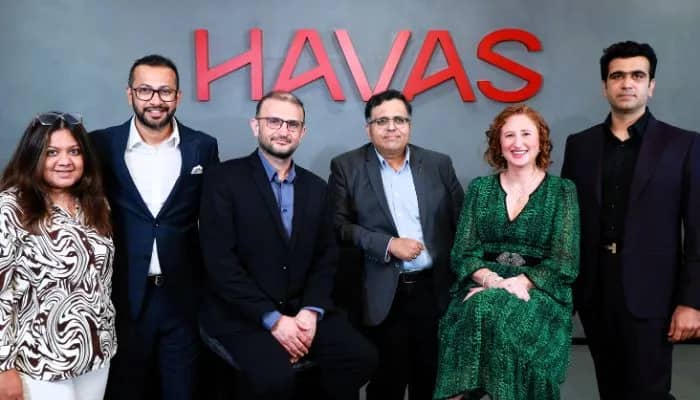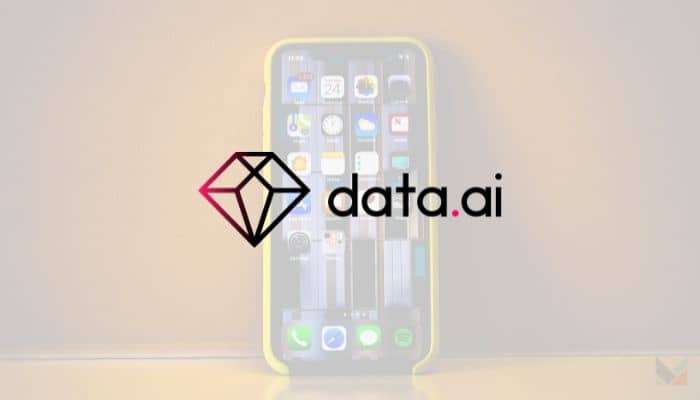London, United Kingdom – WPP today announced the acquisition of InfoSum, the world’s leading data collaboration platform. InfoSum will join GroupM, WPP’s media investment group, to power the creation of a new generation of AI-enhanced marketing solutions for clients, delivered through the industry’s most powerful and secure data infrastructure.
The acquisition is a major strategic step forward for WPP’s AI-driven data offer, giving WPP and its clients immediate access to the industry’s largest cross-platform source of privacy-safe, actionable data for marketing intelligence, audience targeting, and AI model training.
InfoSum’s patented cross-cloud data collaboration technology radically transforms the way companies generate audience intelligence by making it possible to connect data sources across the marketing ecosystem without moving or exposing data. By integrating InfoSum’s capabilities with WPP Open – WPP’s intelligent marketing operating system – WPP clients can safely unlock the full potential of their customer data, enriched through advanced AI.
Now, using federated learning techniques, WPP clients will be able to generate new marketing intelligence based on their first-party data and the universe of data signals available to them through the InfoSum network, WPP’s data assets, and GroupM’s media intelligence. Clients can rapidly build, train, and deploy custom AI models that utilise these diverse datasets, generating insights and audiences instantly, optimising campaigns across the entire marketing ecosystem, and delivering measurable improvements in campaign performance within hours rather than weeks.
Moreover, the acquisition accelerates WPP’s creation of ‘Intelligence Beyond Identity’ for clients, enabling marketers to use 100% of their business intelligence and leapfrog traditional identity-based solutions that depend on decades-old, deteriorating databases weakened by cookie deprecation, platform fragmentation, and splintering audience match rates.
Mark Read, CEO of WPP, said, “At WPP, we have been building the technology and data infrastructure that will give our clients a unique competitive advantage in the AI era. Bringing InfoSum into WPP is a major step forward for our data capabilities and the results we can deliver for our clients. It allows clients to stay in complete control of their first-party data, while also giving them access to vastly greater quantities of high-quality, privacy-compliant data and pioneering technology that is not available anywhere else in the market today.”
Meanwhile, Brian Lesser, CEO of GroupM, commented, “Directly integrating InfoSum’s global data network and technology infrastructure will allow our clients to create even more value from their first-party data and enable us to train client AI models against the most data, from the most places, at unprecedented scale and speed. Our approach recognises the importance of identity data to today’s marketing strategies while allowing us to take advantage of the limitless opportunities for growth we can create by moving beyond them. As more and more clients leverage our AI-first solutions, every client model, every audience, and every campaign will benefit from network effects that will exponentially increase their intelligence and competitive advantage.”
InfoSum’s extensive global data network represents hundreds of billions of data signals across multiple dimensions of data from media platforms including Channel 4, DIRECTV, ITV, Netflix, News Corp, and Samsung Ads, as well as major retailers around the world and identity and data partners including Experian, TransUnion, Circana, Dynata, and NCSolutions.
Lauren Wetzel, CEO of InfoSum, added, “InfoSum’s mission has always been to reimagine how data powers marketing in a secure, privacy-first, and, most importantly, impactful way for advertisers and consumers. WPP and GroupM are the perfect partners to help us accelerate our impact on a truly global scale. We couldn’t be more excited to join forces with the team at GroupM as privacy and security become non-negotiables, and AI allows us to redefine what’s possible for advertisers and our network of media and data partners.”
InfoSum’s technology enables WPP clients to swiftly deploy secure data environments optimised for federated learning, allowing marketers to rapidly scale their custom AI models and onboard their data faster and more easily than ever before. InfoSum’s infrastructure will remain interoperable with existing platforms and partners to ensure current and future customers can continue driving growth through secure data collaboration.















